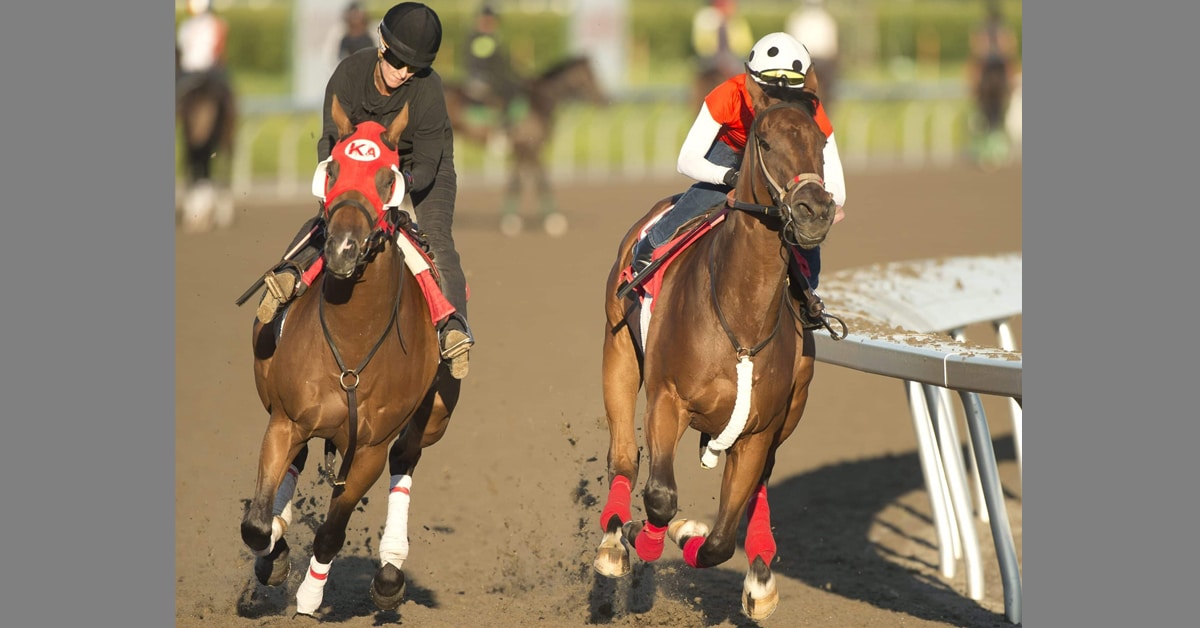New research pinpoints genes associated with a disease seen as a major contributor to poor performance in Thoroughbred racehorses.
Hailed as a breakthrough in combating the critical equine performance-limiting disorder recurrent laryngeal neuropathy (RLN), the discovery will enable the development of a genetic test to identify horses with a three-times higher risk of developing the disease.
The new findings have been published in the peer-reviewed journal Equine Veterinary Journal.
Often referred to as laryngeal hemiplegia or ‘roaring’, this disease affects up to 18% of horses by acting on the muscles in their upper airways, resulting in reduced airflow and increased work of breathing during exercise.
RLN is a major contributor to poor performance in Thoroughbred racehorses and while pre-purchase examinations which include endoscopic examination (‘scoping’) of the upper respiratory tract can help to identify horses that have the disease, studies have shown that scoping young horses at rest can fail to detect the disease or assess if it will occur in the future.
Working with a world-leading Thoroughbred racehorse training yard, and with funding from Research Ireland, researchers at University College Dublin and Equinome examined more than 200 horses-in-training using gold-standard methodologies for diagnosing RLN, including a combined approach of resting and overground exercising upper airway endoscopy as well as laryngeal ultrasounds.
Using DNA technologies, they found a set of genetic markers associated with the disease.
“Accurately diagnosing disease using gold-standard methodologies is one of the most important factors in a genetic study,” said project lead Lisa Katz, UCD Professor in Equine Internal Medicine.
“Following years of intensive veterinary examination of the horses, it is extremely rewarding to see our research come to fruition.”
UCD Professor in Equine Genomics and Chief Science Officer at Equinome, Emmeline Hill said the new findings would “lay the groundwork for the development of a genetic test to improve the welfare of horses that have a genetic predisposition to the disease.
“As well as identifying horses with an increased risk of disease, this new information could also inform breeding guidance to reduce the incidence of the disease and provide targets for new therapies.”
Professor Katz added: “Understanding the genetic risk of your horse for roaring can help with early intervention and management. This might include monitoring highly predisposed horses more closely and considering surgical interventions at an earlier stage to improve treatment success.”
More News










